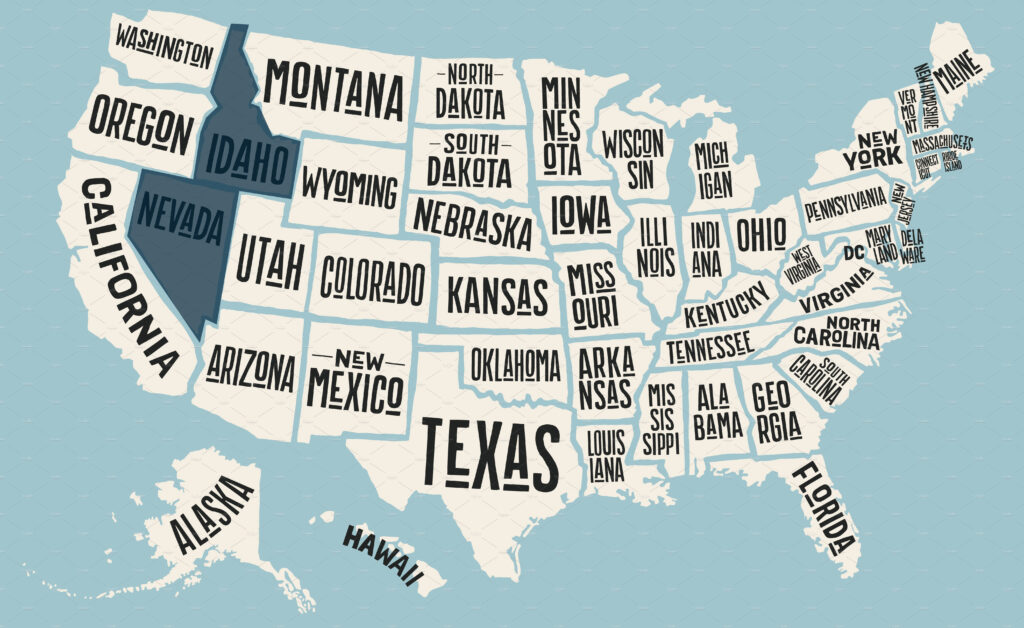Two exciting announcements to share today:
- Merger of OEC and Machabee Office Environments
- Restructure of both companies under the new name — Create Spaces
Merging of two great organizations
Last October (2023) OEC acquired Machabee Office Environments—. The merger creates a larger company that spans both Nevada and Idaho, with offices located in Boise, Las Vegas, and Reno. With over a century of combined market leader experience, our unified mission is clear: to deliver exceptional spaces on time, on budget.
From Snow-Capped Mountains to Shimmering Desert
Our service area now reaches from the tip of Northern Idaho to the Mojave Desert in Southern Nevada— and everything in between. This extremely diverse area will be serviced by an installation team of nearly 40 skilled tradesmen. Our skilled labor force is one of our key strategic resources and enables us to take on some of the largest and most complex projects in Nevada and Idaho.

Furniture + Technology + Prefab Construction
Each business brings something unique to the table. Machabee has long specialized in furniture for Government and Education spaces. OEC specializes in furniture, audiovisual technology, and prefab construction for corporate and healthcare spaces. The unified suite of offerings will include furniture, technology, prefab construction, and skilled labor services in all markets.
Create Spaces
In the original planning of the merger, we were either going to keep the OEC or Machabee name. However, after discussion and consideration, our leadership team wanted to create an entirely new brand identity that could be more than either company has been in the past. The name Create Spaces was introduced by one of our employees at a daily team meeting. The name immediately took hold, and we ran with it. Our hope is the simple and modern name Create Spaces will resonate with customers who will trust us to help them elevate their work, education, and collaboration spaces.
Updated Showrooms, the future of work
Create Spaces operates showrooms in Boise, Las Vegas and Reno. These active worklabs focus on the latest in furniture, cutting-edge audio-visual technology, and innovative prefabricated walls. Create Spaces is an authorized Steelcase dealership and features partnerships with many other furniture and technology manufacturers. We’re excited about the upcoming updates and renovations planned for the Las Vegas and Reno locations. Stay tuned for our open house events later this spring where we will showcase the future of work.


Scott Galloway
President
Create Spaces
Receive our Newsletter
To receive our newsletter, including new editions of spaces and other digital content, fill out the form:





